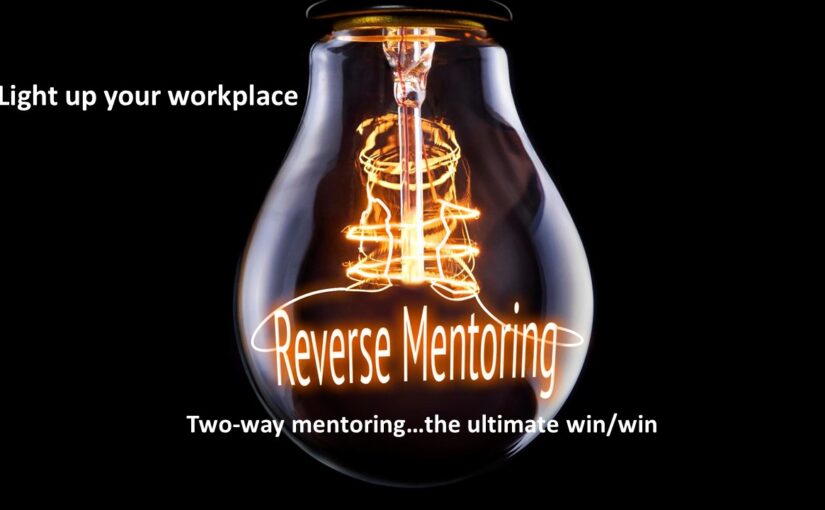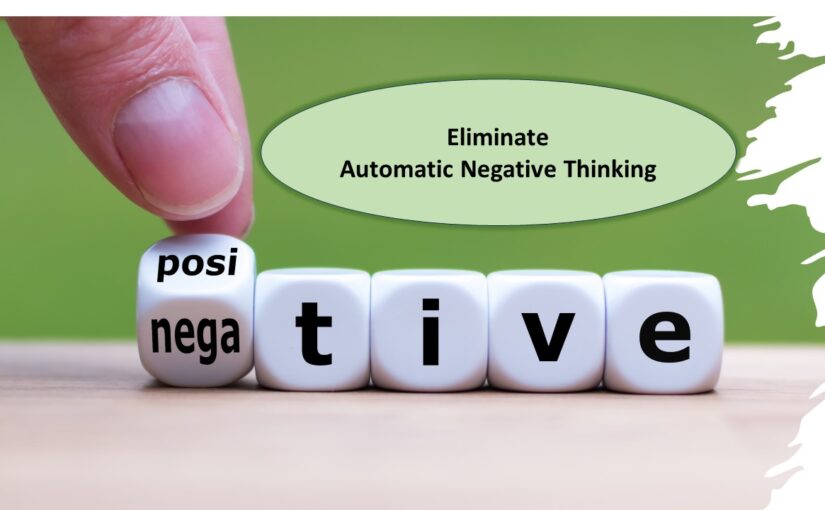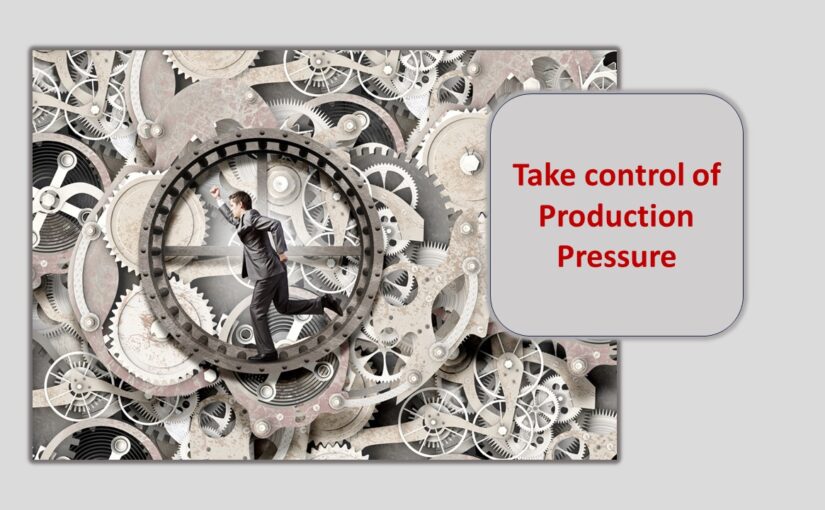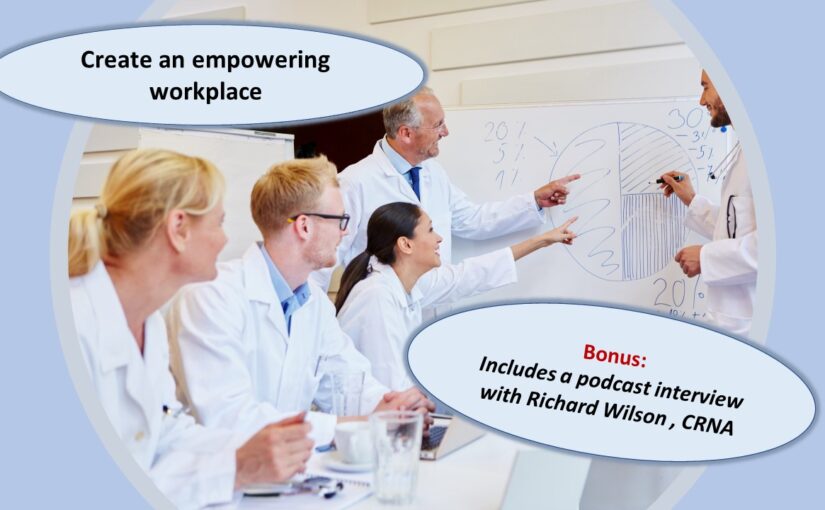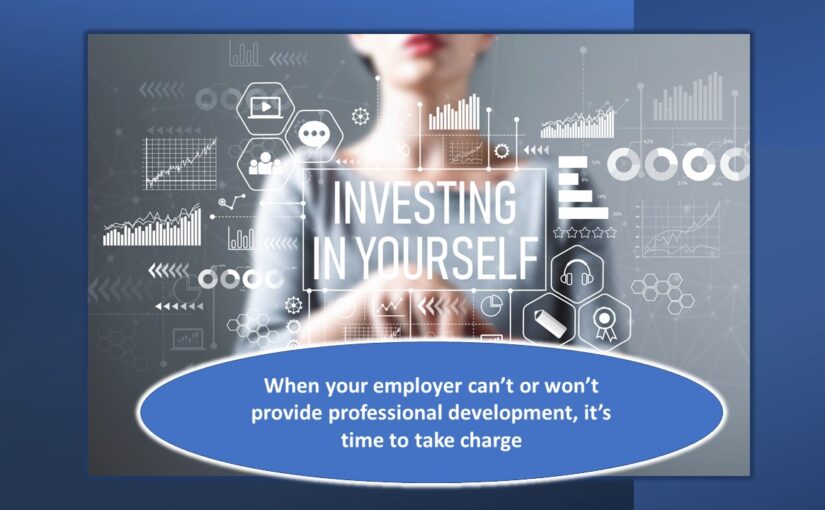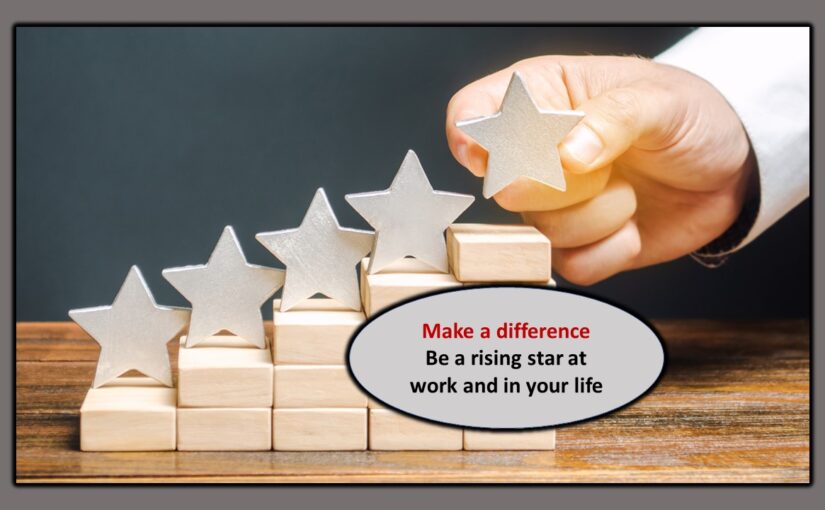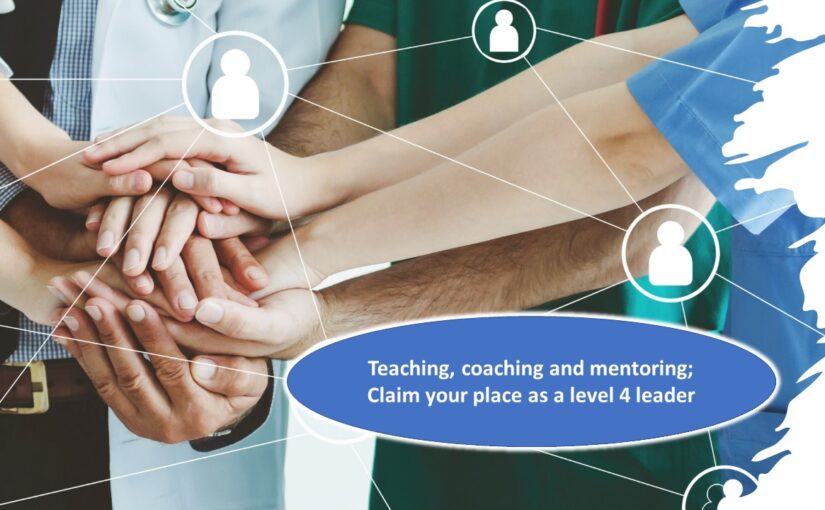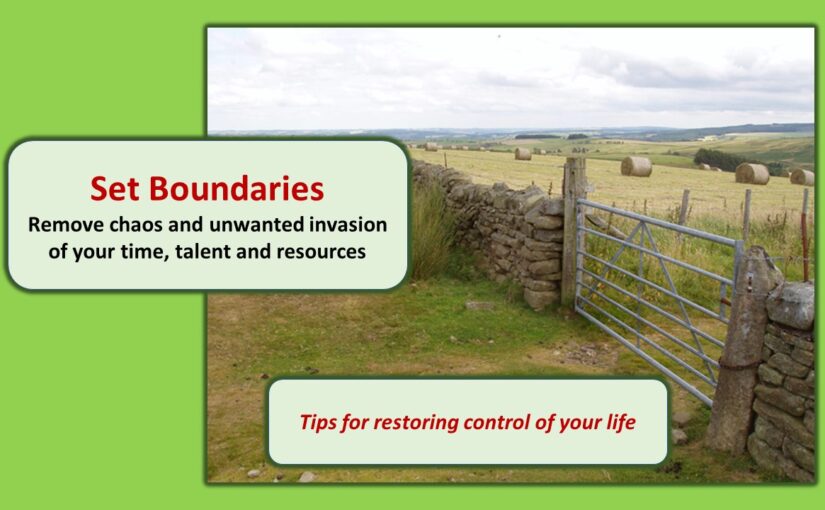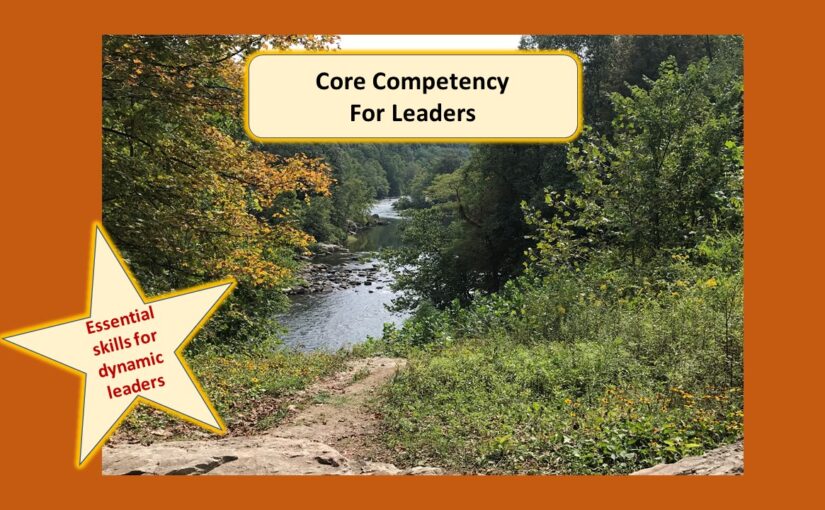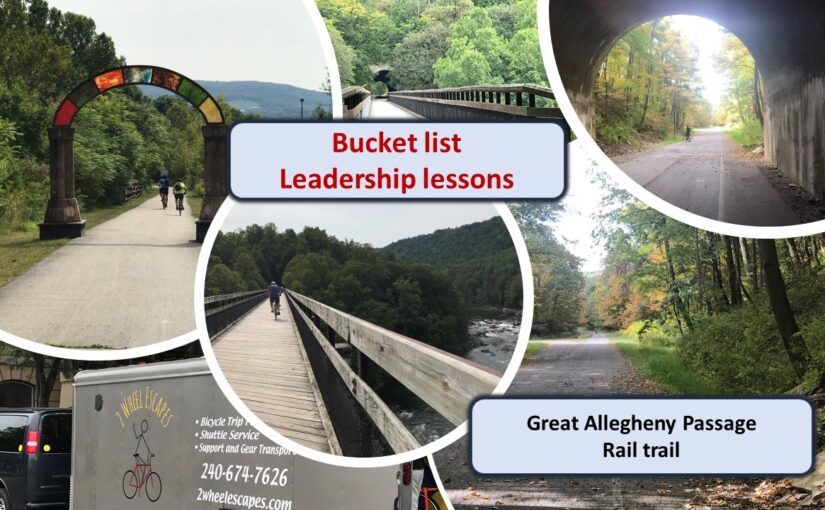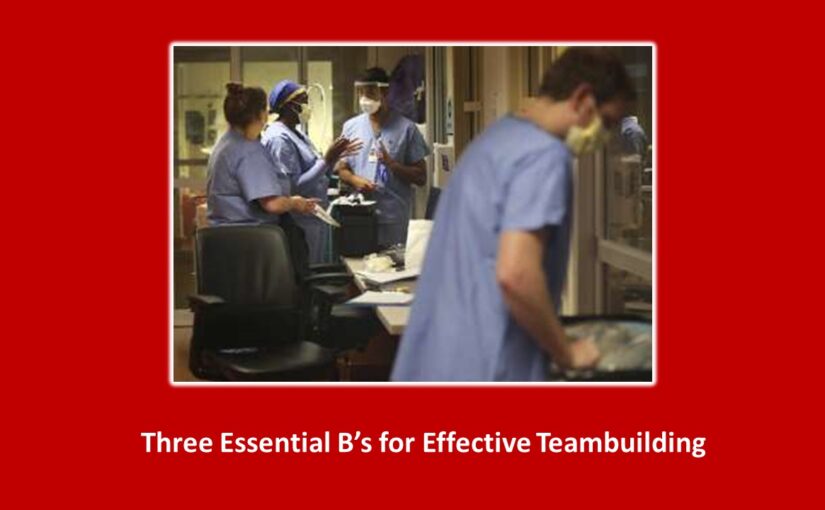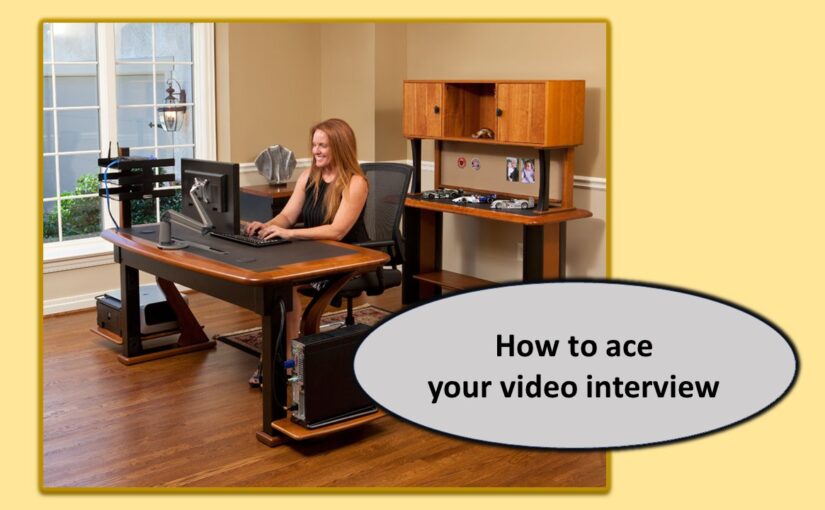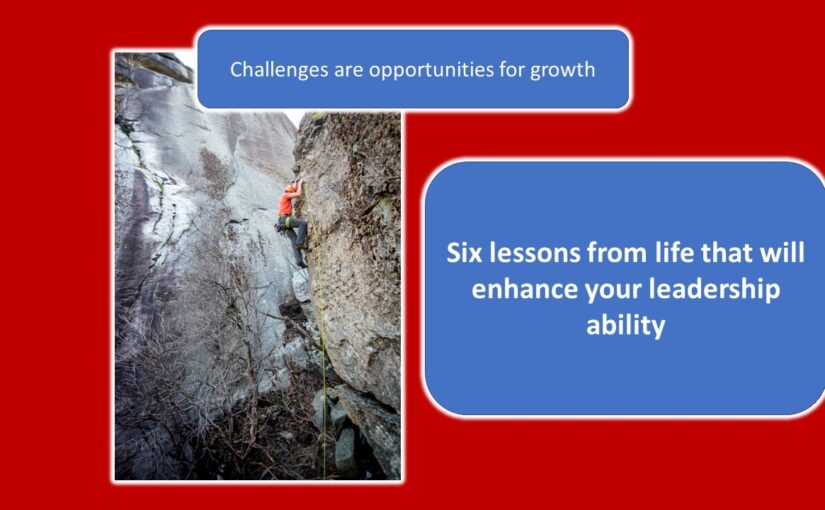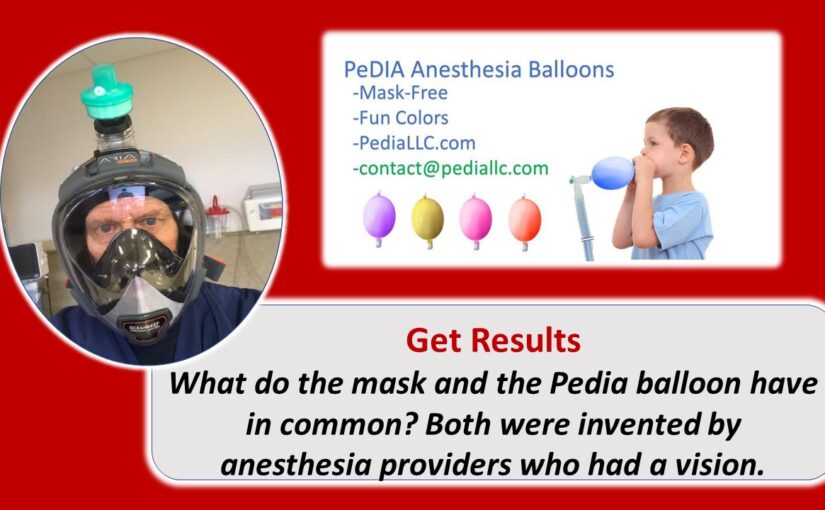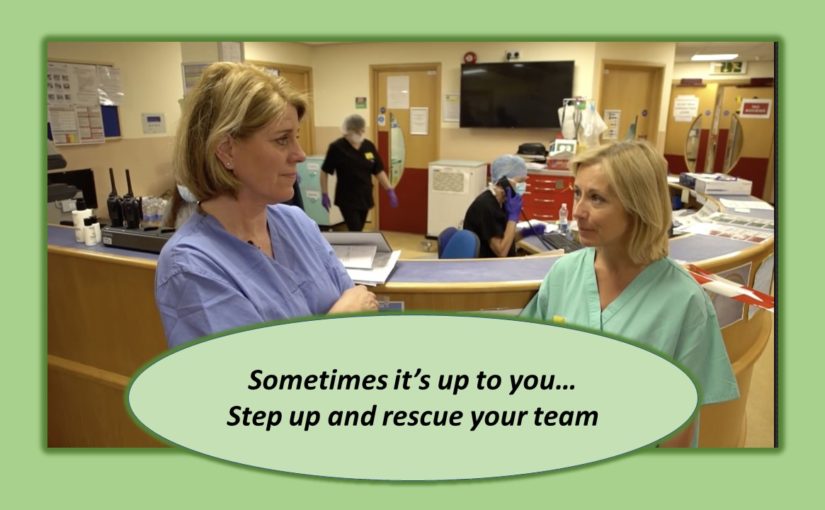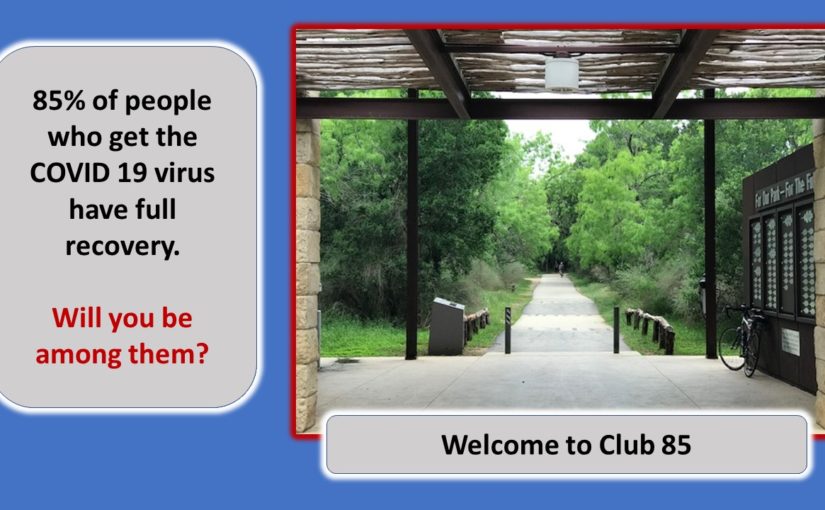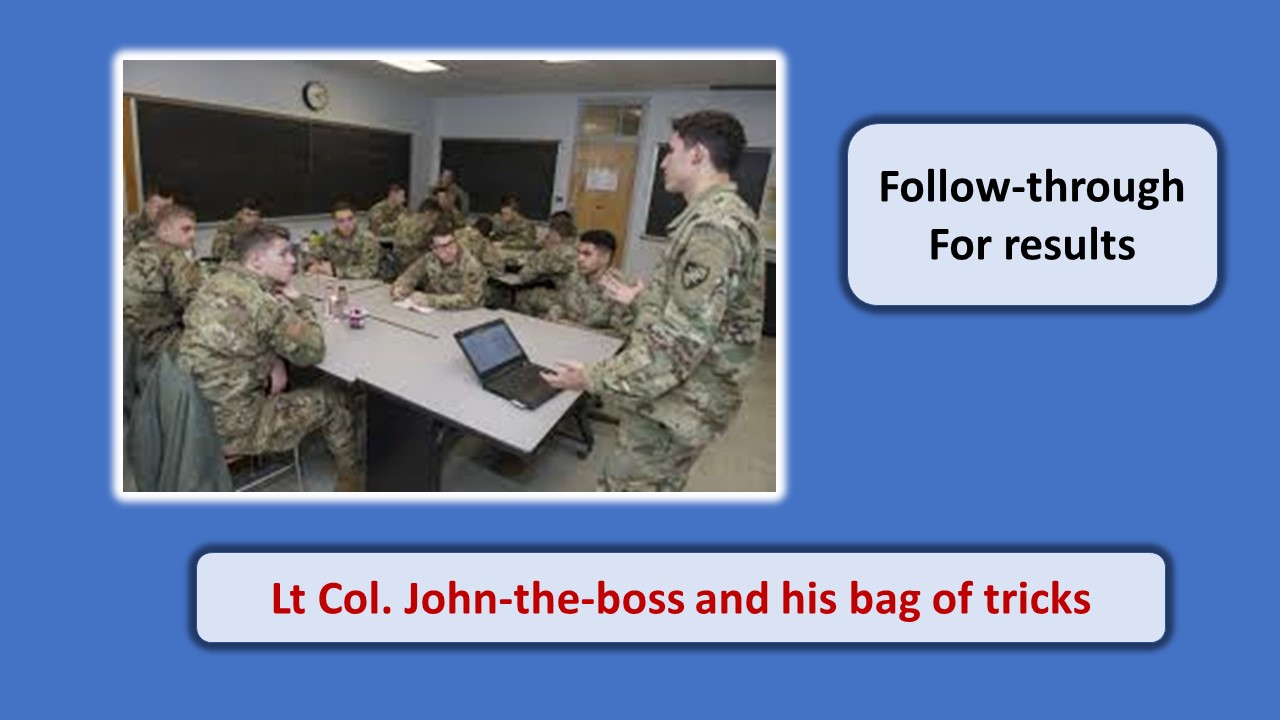By Thomas Davis, DNAP, MAE, CRNA
Josh has been a solid frontline healthcare worker for 4 years, he is respected by colleagues and has developed a comfortable workflow. His boss seems to be a little aloof and although Josh does his job well, he is stagnant in his work and does not sense an opportunity for professional growth or promotion. The corporation is at risk of losing a qualified and productive worker.
Marsha is in her 50s, Josh’s supervisor, and is the perioperative administrator in a busy 10 room suite of operating rooms. She skillfully moves workers like pieces on a checkerboard to cover the hour by hour needs of the unit. Many of the workers on her team are in their 20s/30s, and Marsha does not understand why they complain about their work. She believes that younger workers lack the work ethic that she grew up with.
This workplace has a toxic disconnect between management and workers which is taking a toll on morale and productivity.
Harvard Business Review tackled the question of why people quit their job and offered these three primary reasons; 1) they don’t like the boss, 2) lack of professional development or opportunity for promotion, 3) the offer of a better gig elsewhere. In this case, Josh did not sense a connection with the boss and experienced a void regarding professional development. Suddenly, the pop-up recruiting messages on his phone started to catch his eye and he noted that others in his profession were not only making more money but also enjoyed jobs that included professional development. Two months later, josh submitted his resignation and moved on.
In contrast, Marsha was so driven by production pressure and so focused on the immediate task at hand that she did not know or understand the personal challenges of younger workers, nor did she have a concern about their professional development.
Culture change with a focus on professional development will convert this toxic environment into a preferred workplace.
Professional development is one of the three key pillars of a preferred workplace, the other two being emotional intelligence and values-based leadership. Professional development can be achieved externally through the effort of the individual worker. However, in a preferred workplace, the leader ensures that opportunities for professional growth are offered and encouraged within the organization. An effective mentoring/reverse mentoring program is a quick, easy, and inexpensive way to connect individuals, develop young workers, and enlighten older workers to both new technologies and the personal needs of the younger generation.
The advantages of mentoring are well documented. Author Nicola Cronin lists benefits to the mentee to include:
- Increased self-confidence
- A sense of being valued
- Increased self-awareness
- Improved communication skills
- Developing a personal network
- Becoming a good listener
- Exposure to new and different perspectives
- Increased emotional intelligence
- Reduced level of anxiety
- Increased chance for promotion
- Increased job satisfaction.
In the scenario above, an ongoing mentoring program would have given Josh a support system and connection to a trusted person who was committed to developing Josh’s talents and helping him to advance in the organization. Josh would have developed new skills and more importantly, he would have felt connected to the workplace and loyal to his supervisor.
Reverse mentoring is equally important.
Mentoring is most thought of as a top-down sharing of knowledge/skills from an older experienced person to a neophyte worker. Reverse mentoring is equally important and often overlooked. Simply stated, reverse mentoring is when a junior employee mentors someone more senior to them in the organization. What can the apprentice possibly offer to an executive that would improve the functioning of the organization?
The modern workplace tends to be multigenerational and multicultural. It is not unusual for the executive suite to be filled with baby boomers while millennials shoulder the burden of the frontline work. To further complicate things, Gen Z workers are graduating from college and enter the workplace with skills and expectations that are foreign to the Boomers in the front office. Reverse mentoring closes the generational gap, teaches the latest technology to high level executives, and gives them a first-hand glimpse into issues that are important to young workers. In contrast, young workers have face time with executives and gain insight into the C-Suite and plans for moving the company forward. In the process, the junior employee feels valued and develops a sense of loyalty to the organization.
Legendary leader Jack Welch, former CEO of General Electric, was one of the first to promote reverse mentoring. In the 1990s, the internet was a new technology, and the use of personal computers proved to be a challenge to upper-level executives. Jack noted that new college graduates were all experts on computer use and quickly set up a reverse mentoring program connecting entry level workers with upper executives to help the elders understand and become comfortable with the new technology. It was a win/win for GE.
Similarly, the modern healthcare workplace is a melting pot where new technology updates and replaces older techniques and, as Jack Welch noted in the 90s, the new graduate, junior employees, are the experts. The use of ultrasound in the practice of anesthesia is but one example. As noted by one of my colleagues, “anyone who has been out of school for over 10 years needs to be taught how to use ultrasound to assess gastric volume, new graduates know how and routinely use the technique…they are the best teachers.”
Senior workers who openly seek mentoring from junior workers learn new skills and make personal connections which promote increased emotional intelligence.
Published in the online blog, Together, author Matthew Reeves identifies benefits for the senior workers that arise from reverse mentoring.
- Closing the generational gap. Each generation was raised at a different time and grew up with different life experiences. For example, there is no way that a baby boomer can fully appreciate the life experiences of those who used computerized home schooling during the COVID crisis, nor do they fully appreciate the impact of social media on the younger generation. Learning is about sharing new knowledge that transcends top-down teaching. With reverse mentoring, senior employees learn new skills while junior workers gain a wealth of information based on the experiences of the senior worker.
- Supporting diversity, equity, and inclusion. Marian Wright Edelman said, “If you can’t see it, you can’t be it.” The corporate world has made a commitment to increasing diversity in upper-level positions and reverse mentoring affords the opportunity for minority junior workers to have one on one time with executives. While learning new technology skills, senior workers become aware of cultural challenges while junior workers are introduced to life in the front office.
- Millennial retention. Millennials (age 29-43) make up almost 40% of the workforce in the United States and recently an increasing number of them have negative feelings about their employers. Workflow changed with COVID as did the expectations of the workers. Reverse mentoring re-connects millennials with leadership, improves communication and aligns the company with post-covid worker and customer needs.
- Enhancing creativity, open-mindedness, and innovation. Connecting with and learning from a person of a different generation promotes learning about new technologies as well as becoming sensitive to their cultural needs. Artificial intelligence is a concept to baby boomers however it is an everyday reality for new graduates. AI and other technology are fertile ground for senior managers to learn from junior employees.
- Empowering emerging leaders. Young workers receive knowledge and technical skills that did not exist when the Boomers were in school, yet the youngsters are often intimidated by senior people who are high on the corporate ladder. Reverse mentoring allows the junior employee to develop communication skills and self-confidence by mentoring senior leaders in the organization. Once they realize the value that they bring to the job, junior workers become eager to expand and take on new and more challenging roles.
Mentoring is an essential component of a preferred workplace, and the most successful workgroups view it as a two-way process. TED talk speaker and author Chip Conley notes the value of merging the knowledge of the young worker with the wisdom of older person when creating solutions to modern problems. Regardless of your position in the organization, the first step in mentoring is opening your mind to the reality that others have something of value to share with you. Seek them out, identify their strengths, and actively listen with the intent to learn as they share their knowledge with you. You will grow professionally, and the other person will feel valued, which creates common ground for trust in one another. Both parties in the relationship will walk away feeling empowered…a win/win situation for all.
Tom is an experienced leader, educator, author, and requested speaker. Click here for a video introduction to Tom’s talk topics.
